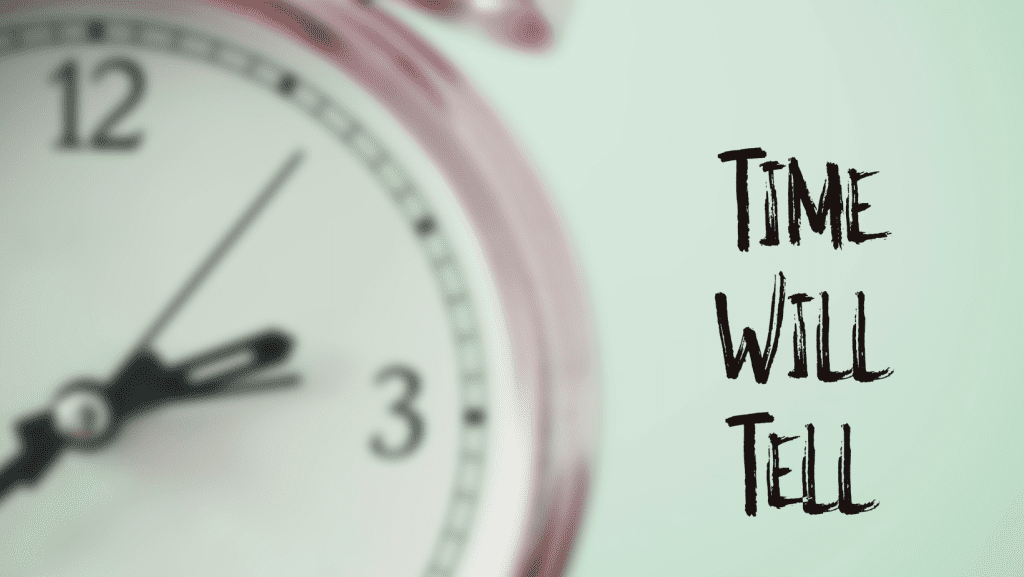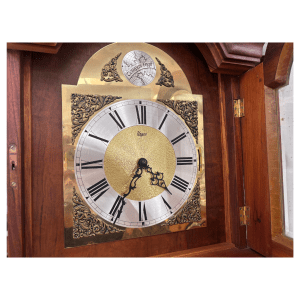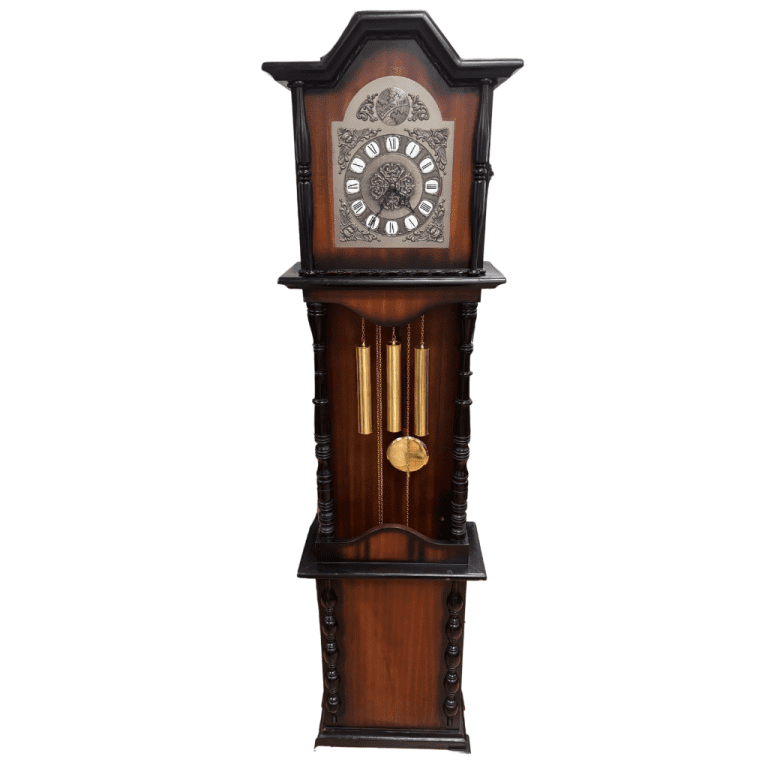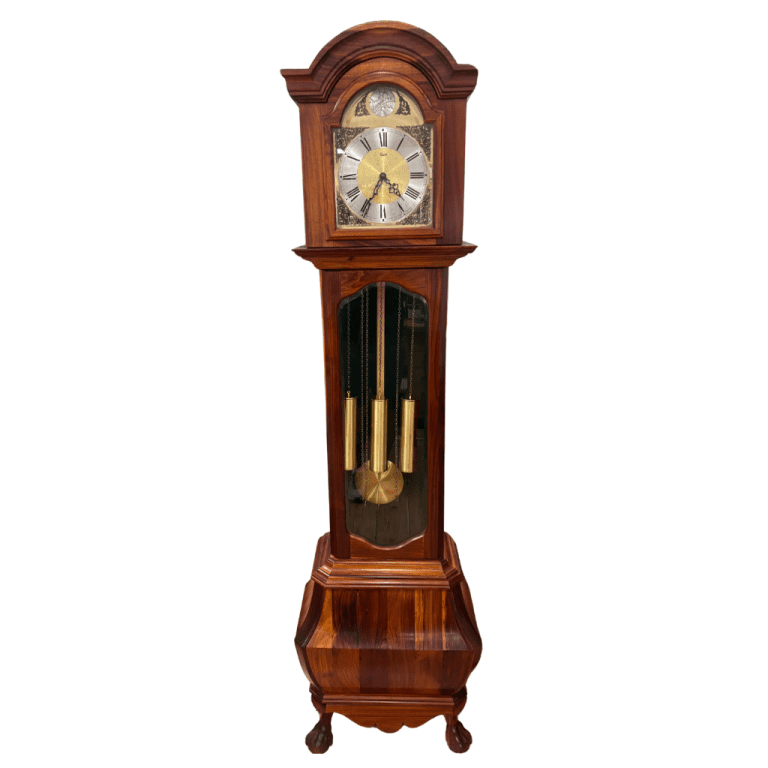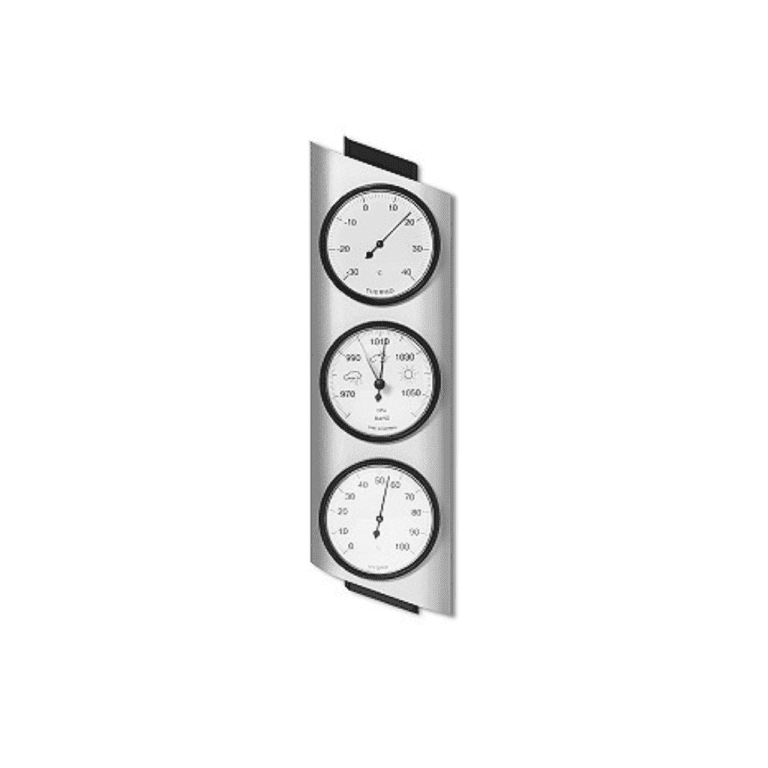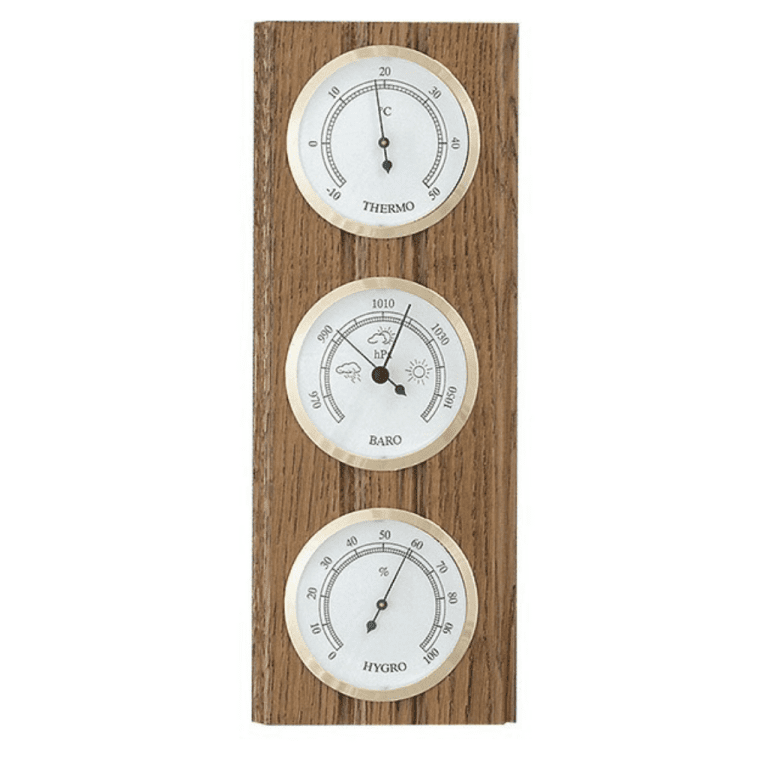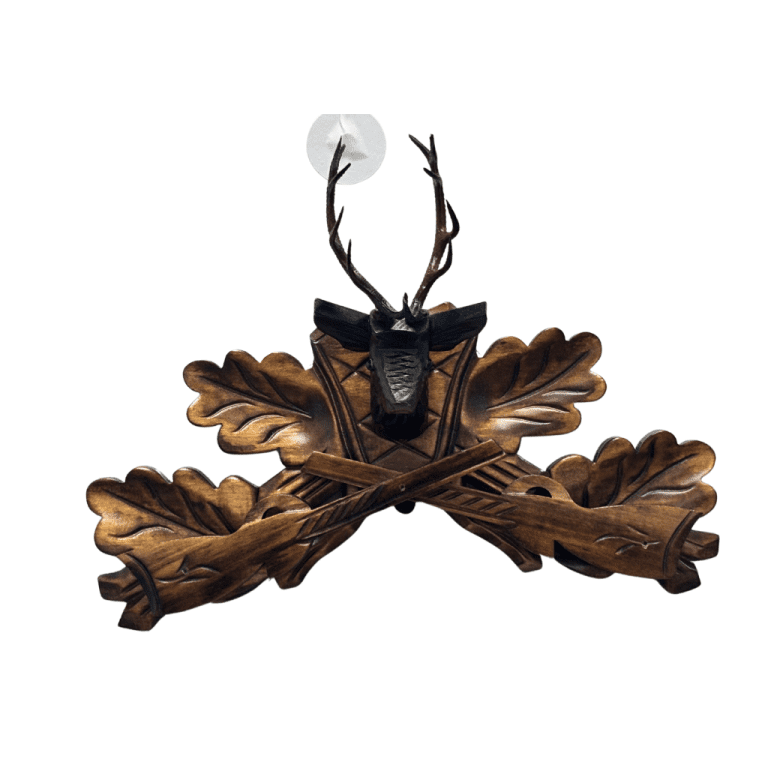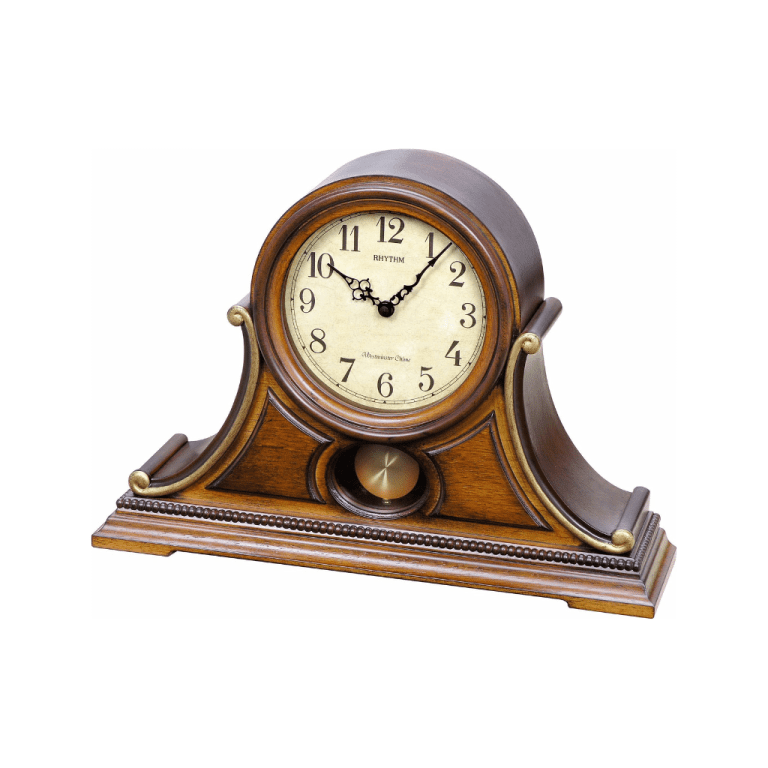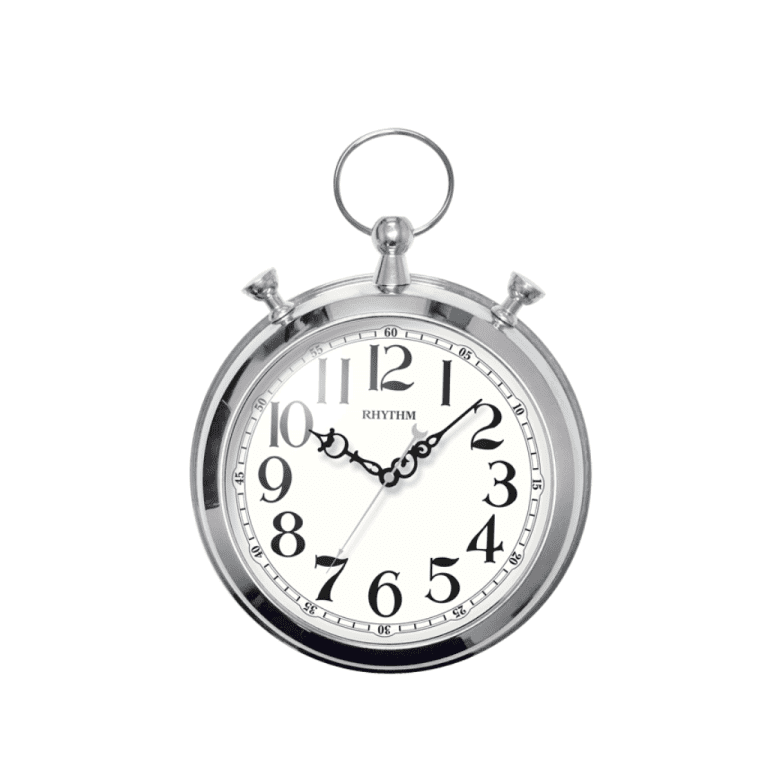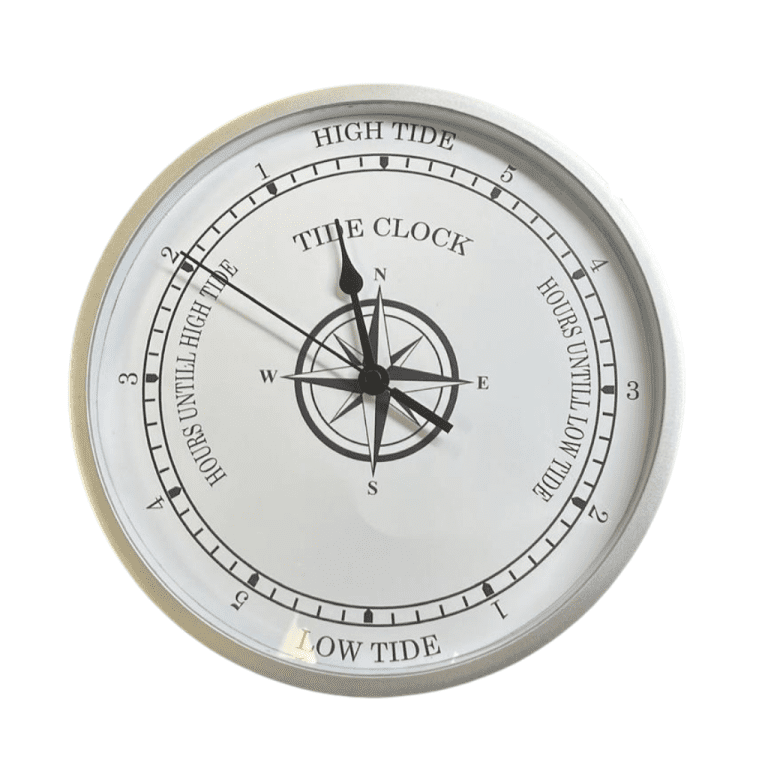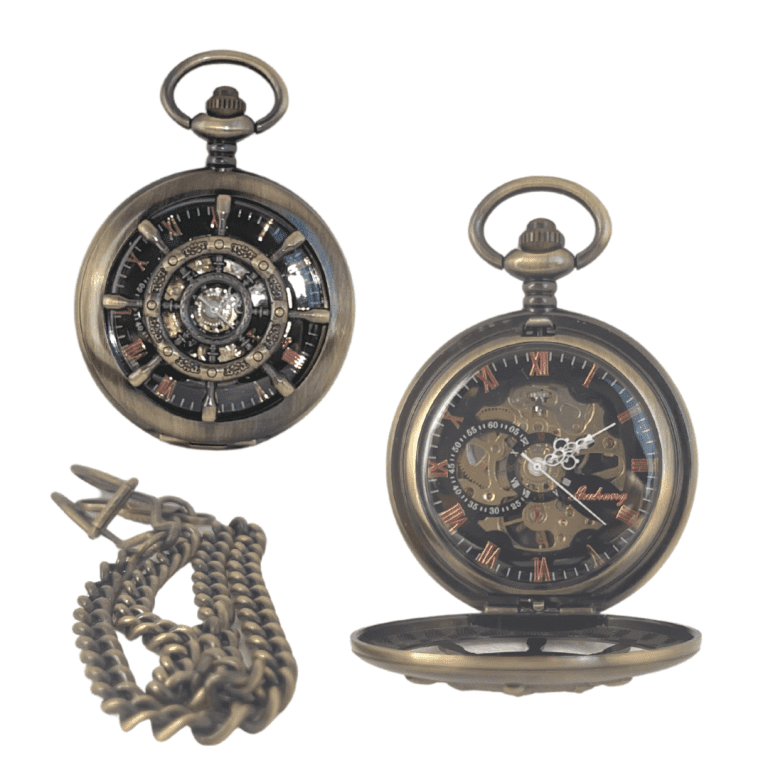How to tell time on a clock
To tell time on an analog clock, you look at where the hands are pointing. The short or small hand tells you the hour, the long or big hand tells you the minute of the current hour, and the thinnest hand indicates the seconds of the current minute.
Reading clocks is an important life skill since you see analog clocks and watches in your classroom, on people’s wrists, and in many public places. You never know when you will be without a digital watch or digital clock you have on your cell phone.
What is an analog clock?
An analog clock is a timekeeping device with numbers around the edge with hands that rotate around to indicate the time. We use clocks to see the elapsed time.
Anything that moves constantly is an analog, so the big round clock in your classroom with three sticks spinning around is called an analog clock.
You cannot tell from an analog clock if the time is morning (a.m.) or afternoon (p.m.).
Most analog clocks will have three sticks mounted in the center that spin around the clock to tell you the time. These are called clock hands. These three hands are for the hours, minutes, and seconds.
Hour hand
The little hand is the hour hand. The hour hand tells you what hour it is. When the hour hand is between two numbers, it tells you we are between those two hours. The short hand or hour hand makes one full rotation around the dial in
Minute hand
The longer hand on the clock is called the minute hand. The long hand or minute hand moves around the circular dial one time in one hour.
Second hand
The very thin hand that is usually just as long as the minute hand is the second hand. It moves one time around the dial in one minute and indicates the seconds of each minute.
Analog clock dial
The hands of a clock are rotating around what we call the dial or clock face. Usually, the dial is marked with the numbers
All those numbered positions are the hour markers. Between the hour markers are four small marks, which each indicate one minute. Those same marks also indicate seconds.
On some clocks or watches, the Arabic numbers might be replaced with roman numerals, but reading the clock works the same.
How to read an analog clock
An analog clock is confusing because it has three layers, all stacked onto the dial.
One layer is the hours, which are the numbers only. The other two layers are the minutes and seconds – all the numbered positions and all the small marks in between.
To read an analog clock, begin with the hours. Look at the shortest hand only; this is the hour hand.
The hour hand will point directly at a number only.
Most of the time, you will see it pointing between two numbers.
When the hour hand is pointed directly at a clock number, you know it is exactly that hour. When the hour hand is in between two hours, the number behind the hand is the current hour.
The second hand works the same way. It just indicates seconds instead of minutes, and when it has made one full rotation around the clock, it indicates one minute has elapsed.
How to read a watch without numbers
Some very fancy watches do not use the printed numbers. You are expected to know what the bolder marks mean. Telling time on watches without numbers works the same way as a clock with numbers. Just pretend the numbers are there and decide where the hands are pointing.
At first, memorizing the positions and numbers may seem hard, but you can learn how to tell time without needing the numbers if you practice.
Credited to: https://tutors.com/

